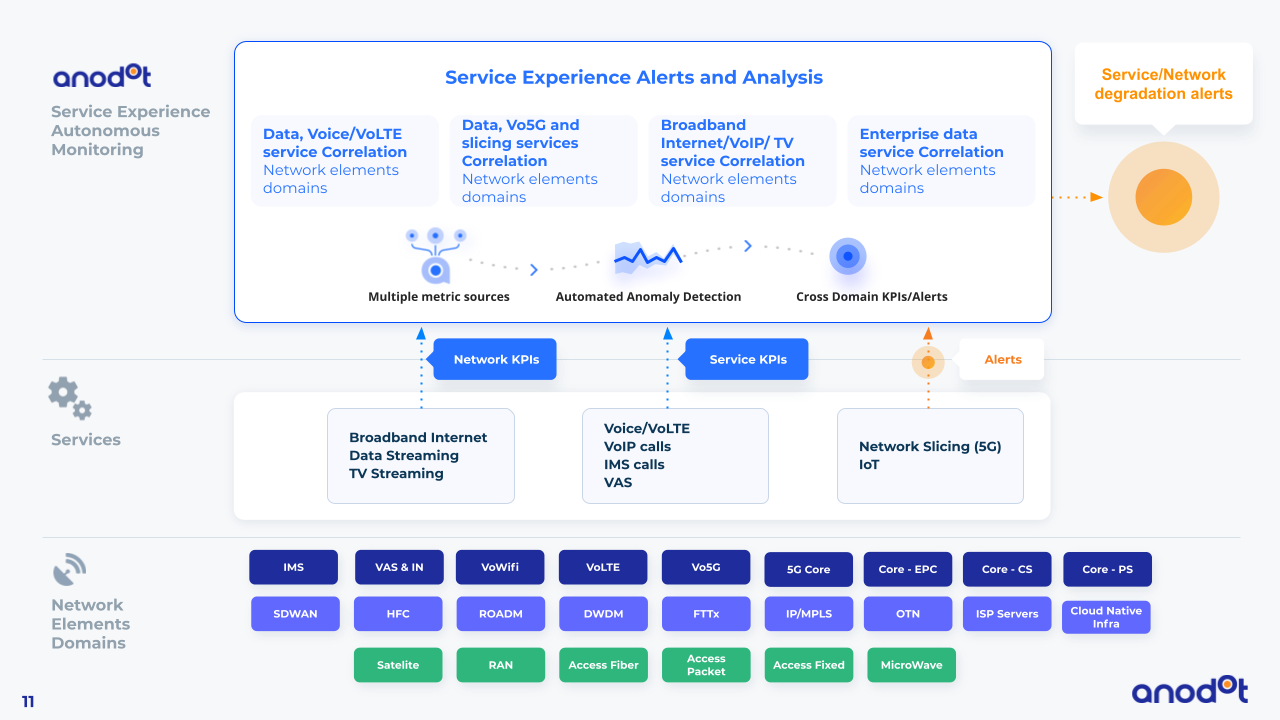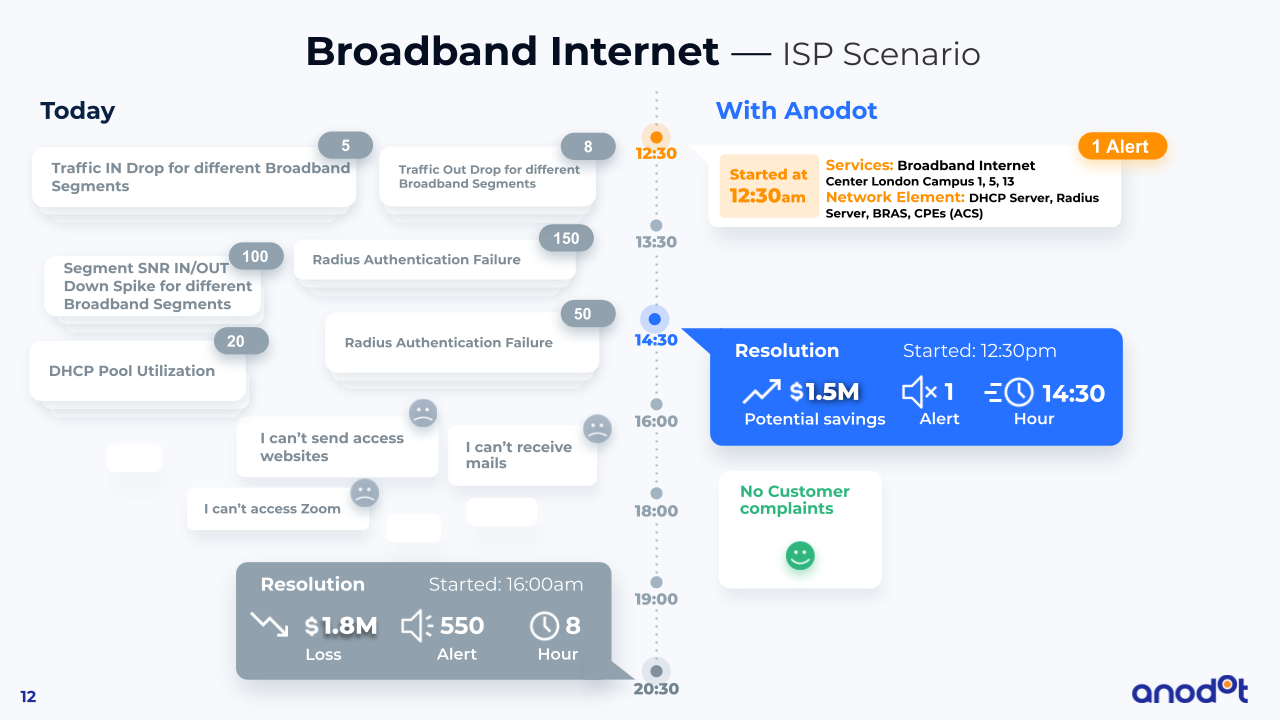The past twelve months have pushed many communication service providers (CSPs) to the limit. According to financial reports of the last six months, the New Normal brought about by the pandemic has significantly increased network expansion efforts, IoT connections, new broadband customers, and out of bundle voice traffic and mobile data. Meanwhile, service providers are also gearing up for future demand, including digital transformation, new devices on the network, new technologies (5G, ORAN, NFV), network sharing, increased cloud-based services and more.
The Growing Challenges for CSPs
Not surprisingly, many CSPs have also experienced a spike in customer churn and customer service experience issues. With a growing number of services and network complexities, providing customer experience is becoming increasingly painful. CSPs typically need to trade off between velocity of bringing new services to market and delivering them at a high quality. We believe that telecoms don’t need to make that choice – they can have their cake and eat it too.
These current and future trends require CSPs to shift priorities and move to fully autonomous service experience monitoring that delivers real competitive edge. That’s why leading companies are adding another layer on top of network monitoring, using AI-based real-time Service Experience alerts for proactive monitoring of their customer’s experience. Real-time service experience monitoring ensures lightning-fast detection of the incidents that impact your customers and revenue so that you can scale quickly and deliver great customer experience at the same time.
What is service experience monitoring?
CSPs need to understand how their network is utilized by their customers and how customers experience the network and services — two factors that are major influencers on CSP revenue, business value and future growth.
Service experience monitoring uses artificial intelligence to understand how customers experience the network and services, simplify customer experience management, and accelerate and automate problem resolution in complex multi-domain CSP environments. Service experience monitoring uses big data, analytics, and machine learning capabilities to collect and aggregate data generated by multiple network elements domains, and autonomously analyze the data to detect significant events and patterns related to service experience degradation and network availability issues for rapid remediation.
Why service experience is difficult to monitor
Today, CSPs monitor their network using a variety of OSS tools. These solutions monitor network functions and logic – something that would seem to make sense. In practice, however, this strategy fails to produce accurate and effective monitoring or reduce time to detection of service experience issues.
The main reason for this dramatic shortcoming is that OSS tools can’t detect service impact and experience faults. They monitor the network in silos — every network layer as a stand alone and every network type differently — and utilize rule-based or static thresholds. Due to thresholding limits alert storms are common, or alerts aren’t generated. The siloed approach prevents effective correlation between related issues. As a result, the NOC team’s only way to understand the actual service impact and experience is by collecting customer complaints and looking at Downdetector, which typically takes anywhere from a few hours to a few days, resulting in significant revenue loss and damage to brand reputation.
This Ericsson report clearly relates the story: with old class monitoring, the huge volume of alarms, notification and emails is missing the cross node view, the service implications view and the clear understanding of what is the real impact on the customers — all needed for rapid resolution. In a changing world where customer experience is one of the most important KPIs – these major blind spots adversely impact subscribers, increase the dependencies on network experts, and escalate the costs associated with low rate of workflow management utilization.
While network monitoring will help reduce OPEX costs in the long term, the goal of real-time service experience monitoring is different: it is geared at near real-time detection of incidents that impact customers and revenue, enabling telcos to resolve these painful incidents quickly across the network and deliver great customer experience at scale.
How CSPs use Anodot
Anodot enables CSPs to monitor all network types (e.g., Mobile, Fix, TV and Transport) and network layers to identify impacted services and customer experience in real time. This helps operation and NOC teams become proactive in their ability to identify service degradations and outages, improving network availability and customer experience.
Anodot ingests data from 100 percent of the network’s data sources in real-time, including siloed network operations and customer experience systems. It uses patented algorithms to continuously monitor and analyze millions of KPIs, translating monitoring measures to service experience and KPIs to service impact. Anodot’s unique algorithms correlate between network layers and types across billions of data points to provide early detection of service degradation across the entire telco ecosystem. Stakeholders receive Anodot’s alerts in real-time with the relevant anomaly and event correlation for the fastest root case detection and resolution.
CSPs use Anodot to focus build resilience and service experience into their networks, prevent and mitigate outages and service degradation, save costs and drive operational efficiencies, providing better customer experience, and learning more about what is happening across their networks.







